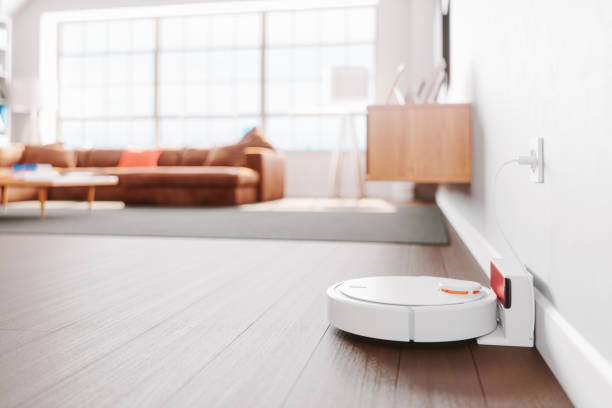Untangling the Web of Smart Dust: The Pint-Sized Tech that's Making Big Waves
From the sand grains of the Sahara to the snowflakes of Siberia, nature's miniscule wonders have long captured our fascination. Now, imagine technology shrinking down to these proportions. This is the world of Smart Dust: tiny, sensor-laden micro-electromechanical systems that communicate wirelessly, promising breakthroughs in a multitude of industries. With origins in a 1990s military research project, Smart Dust has come a long way, and is set to make even bigger strides.

A Speck of History: The Origins of Smart Dust
The history of Smart Dust harks back to the late 1990s, when the Defense Advanced Research Projects Agency (DARPA) launched a project to create tiny, wireless sensors for battlefield surveillance. The aim was to develop minuscule devices that could monitor their surroundings and relay information back - a concept that was, at the time, a revolutionary leap forward in microelectromechanical systems (MEMS) technology.
In the following years, Smart Dust started to gain traction in the commercial sector, and the potential applications began to multiply. These tiny devices, each no larger than a grain of sand, could be used in everything from environmental monitoring and healthcare to security and agriculture.
Today’s Forecast: A Flurry of Smart Dust
Fast forward to today, and the Smart Dust concept has evolved into a myriad of wireless sensor networks. These networks are now using advanced technologies like energy harvesting and nanotechnology to make the devices even smaller and more efficient.
One of the most exciting developments is in the field of healthcare. Researchers are exploring how Smart Dust can be used to monitor patients’ vital signs or even track the progression of diseases at a cellular level. In environmental science, Smart Dust is being deployed to track air quality, temperature, and humidity in real-time, providing invaluable data for climate change studies.
The Big Impact of Tiny Tech: Market Prospects for Smart Dust
With such a wide range of applications, the market potential for Smart Dust is vast. According to a recent report, the global wireless sensor network market, which includes Smart Dust, is expected to reach $93.86 billion by 2023.
While the cost of individual Smart Dust devices is low, the sheer volume required for many applications means that the overall spend can be significant. However, the benefits often outweigh the costs. For example, in agriculture, the use of Smart Dust can result in significant savings through improved crop yields and reduced water usage.
Navigating the Dust Storm: Challenges and Future Prospects
While the future of Smart Dust looks bright, there are still challenges to overcome. These include improving the longevity and reliability of the devices, as well as addressing privacy concerns related to the collection and use of data.
Yet, the potential of Smart Dust is undeniable. As we continue to push the boundaries of what’s possible with this pint-sized technology, we can expect to see even more innovative applications emerge. From transforming healthcare to tackling climate change, the possibilities are as vast as a desert and as boundless as a snowfield.
In conclusion, as we stand on the brink of this new technological frontier, it’s clear that Smart Dust is more than just a speck on the horizon. It’s a burgeoning field that’s set to make a big impact, proving that sometimes, the smallest things can indeed make the biggest difference.




